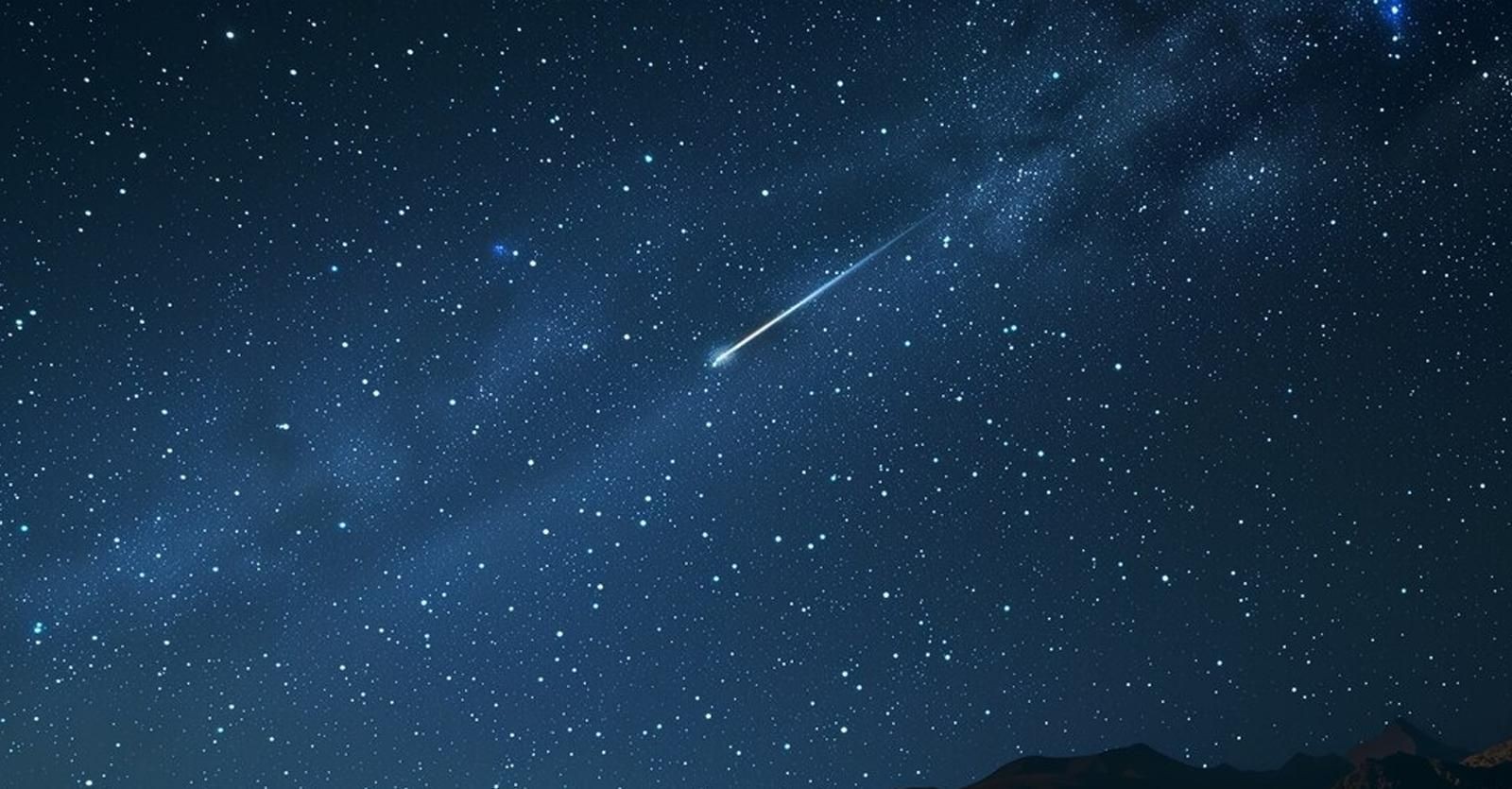
By Brian Campued
Heads up, stargazers! Get your long list of wishes ready ahead of Christmas and New Year’s Day as two meteor showers are expected to grace the night skies this December.
The Geminid meteor shower’s peak activity on Dec. 14 may produce up to 120 meteor showers per hour which are observable under a “clear, dark moonless location,” according to the Philippine Atmospheric, Geophysical and Astronomical Services Administration (PAGASA).
In its astronomical diary for the month, PAGASA said the meteor shower has been visible from Dec. 4 and will continue until Dec. 17.
“The view of the meteor shower can be enjoyed once the shower’s radiant, in the constellation Gemini, rises around 7:10 p.m. above the eastern horizon,” the state weather bureau added, with the best view expected at around 2:00 a.m. when the radiant is at its highest point in the sky.
However, PAGASA noted that meteor-watching may be affected by the waxing gibbous moon.
Meanwhile, the Ursid meteor shower—produced by the Comet 8P/Tuttle—will be active on Dec. 17–26, with its peak expected to produce at least 10 meteors per hour on Dec. 22.
“The radiant point, in the constellation Ursa Minor, is highest in the sky at around 8:00 a.m., and so the shower will be producing its best display before dawn around 5:00 a.m.,” PAGASA said.
“The radiant point is circumpolar and is always above the horizon, thus the shower will be active throughout the night,” the agency added.
The waning gibbous moon will likewise interfere with the meteor shower viewing throughout the night.
PAGASA also advised the public to choose a dark observation site away from the city lights to maximize the viewing experience.
